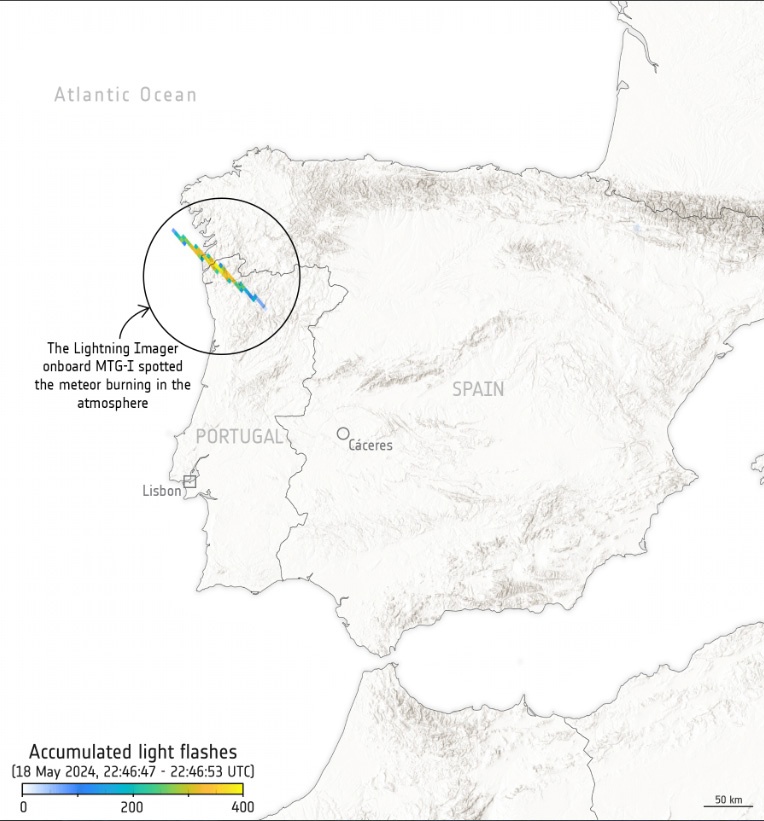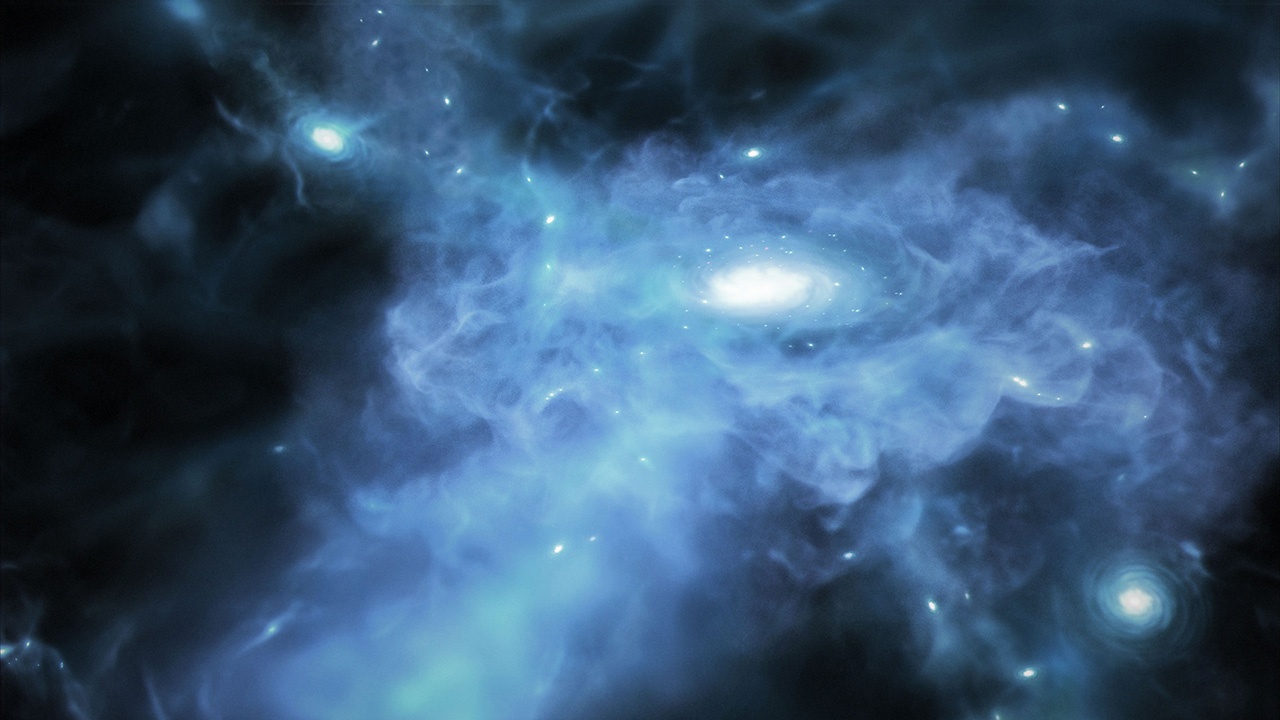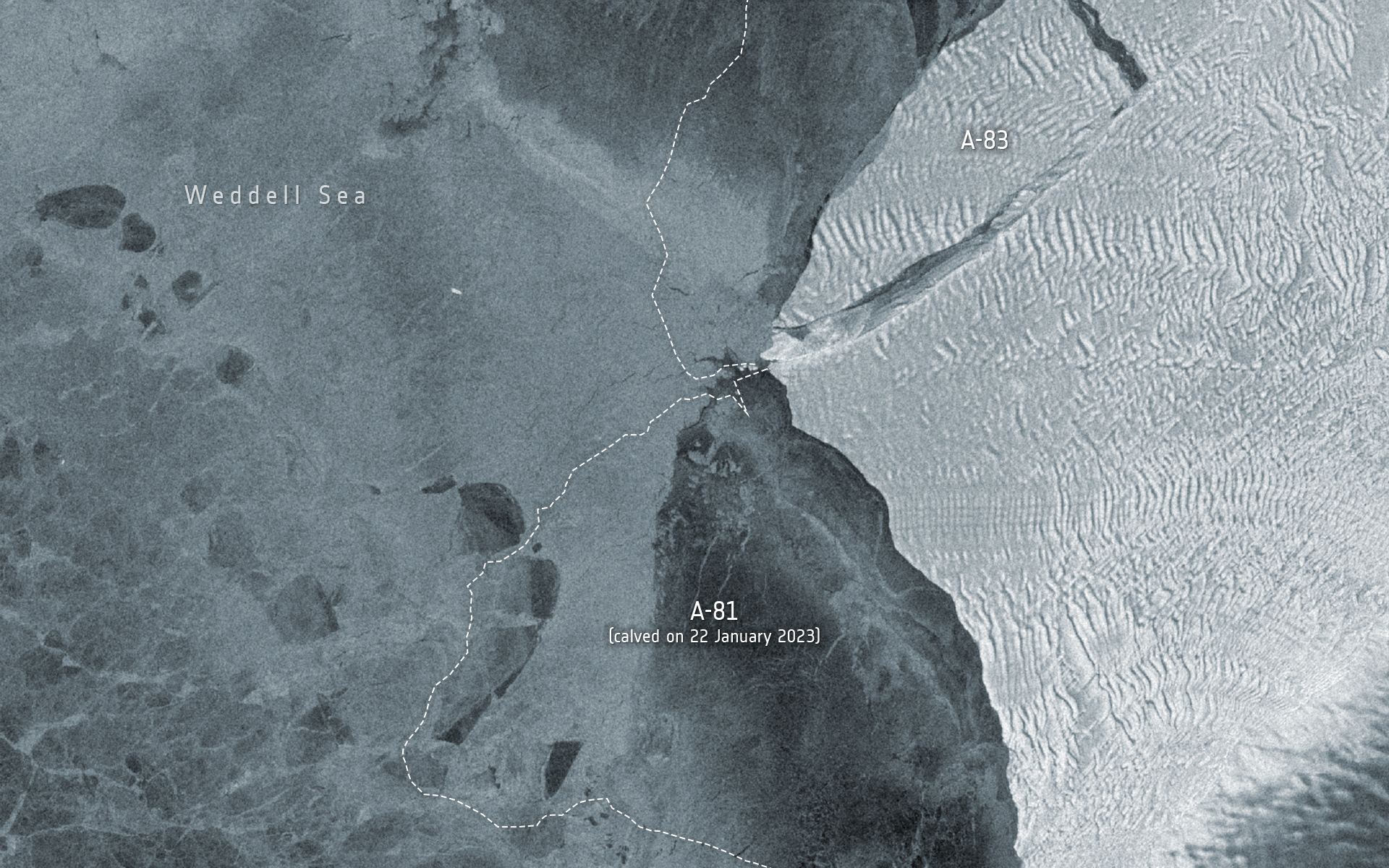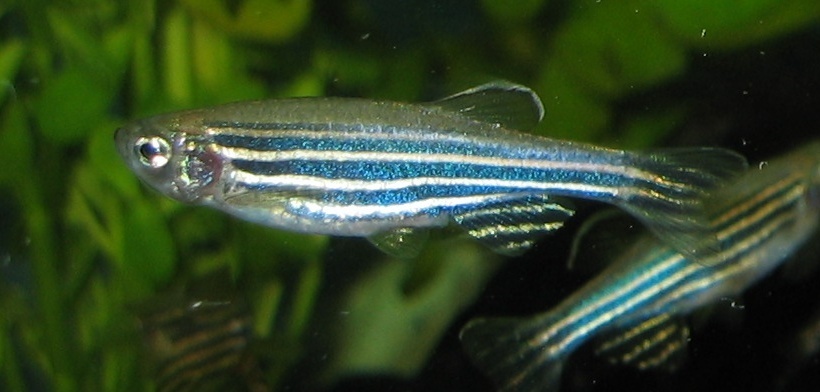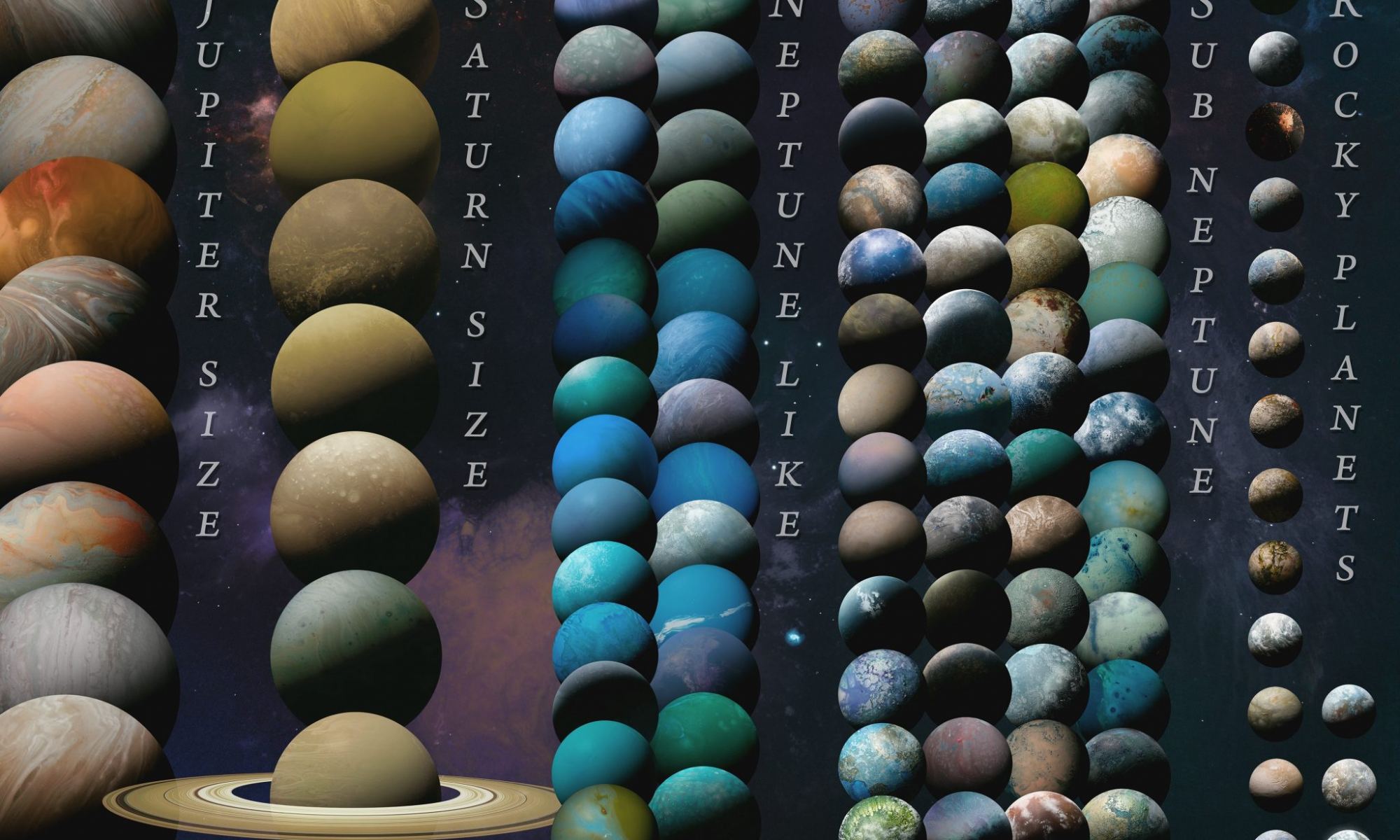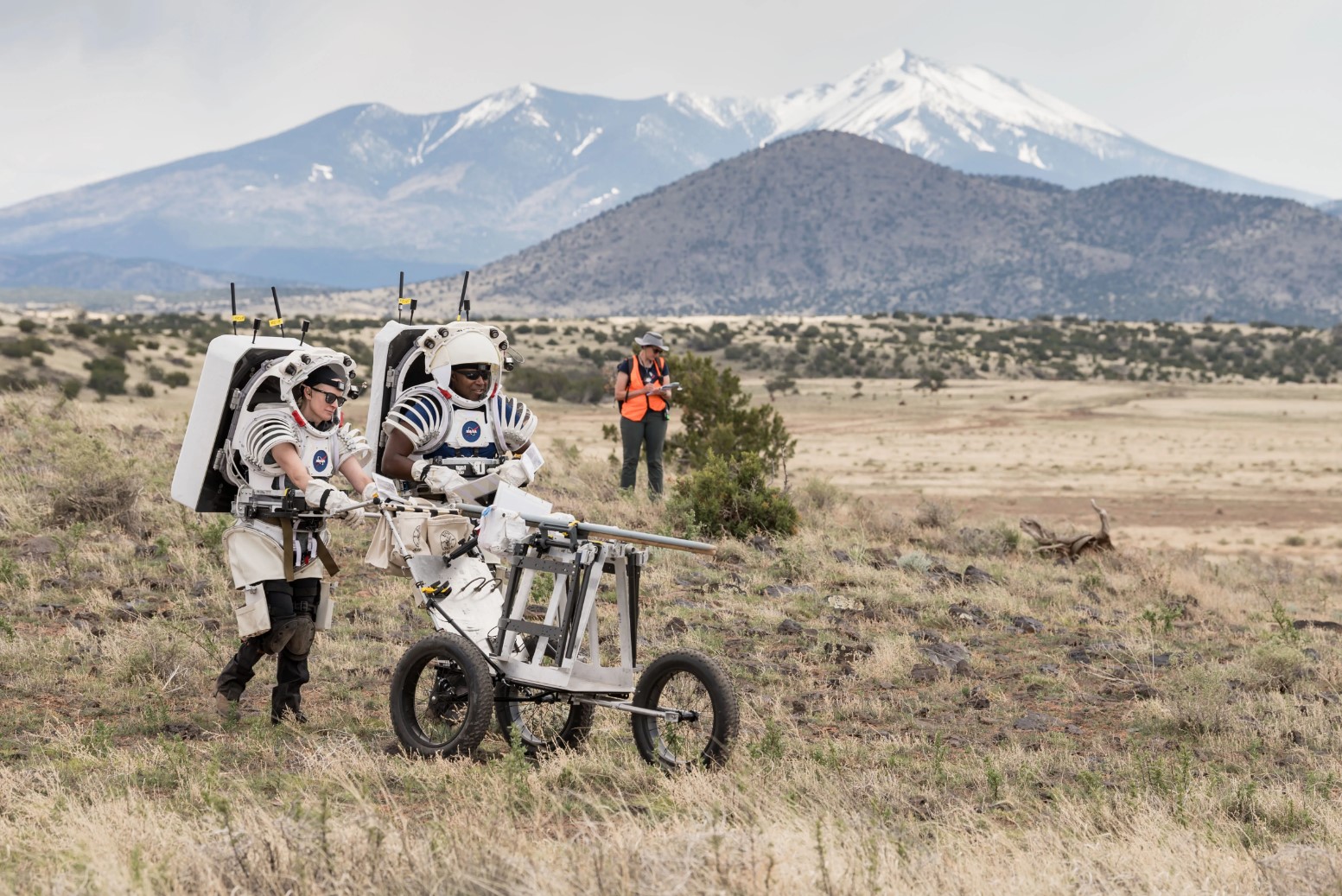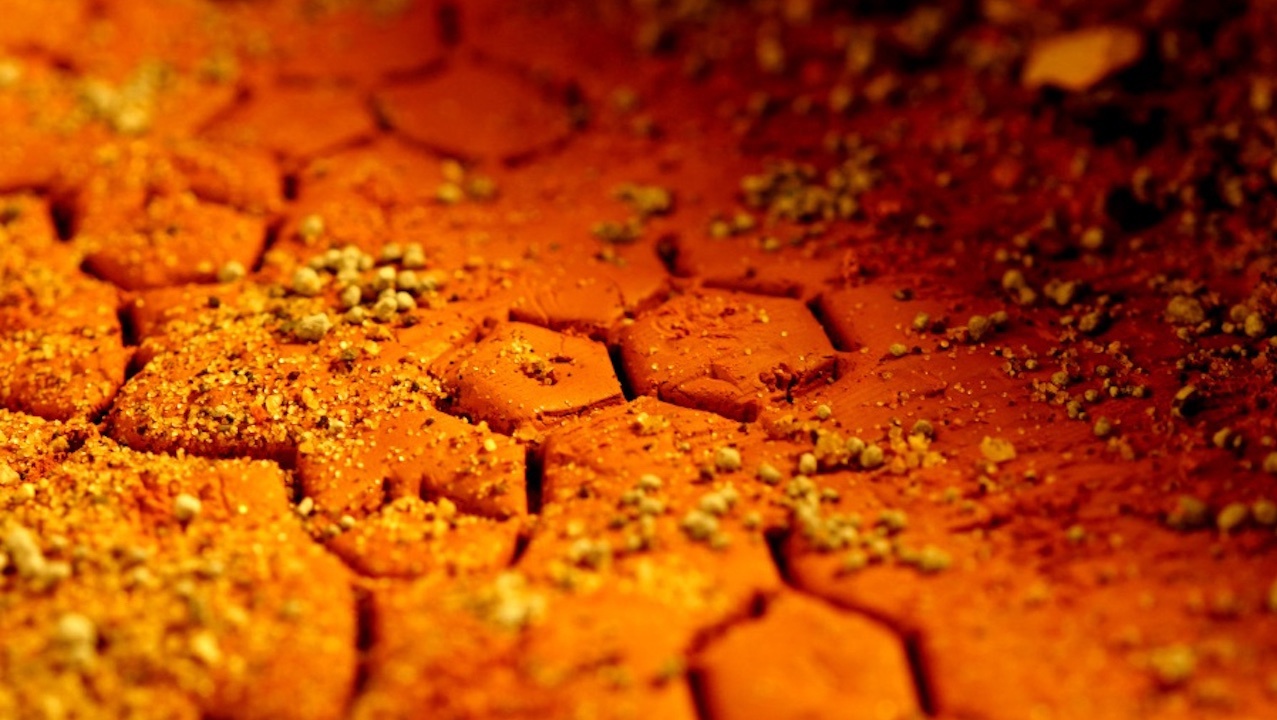One of the main objectives of the James Webb Space Telescope (JWST) is to study the early Universe by using its powerful infrared optics to spot the first galaxies while they were still forming. Using Webb data, a team led by the Cosmic Dawn Center in Denmark pinpointed three galaxies that appear to have been actively forming just 400 to 600 million years after the Big Bang. This places them within the Era of Reionization, when the Universe was permeated by opaque clouds of neutral hydrogen that were slowly heated and ionized by the first stars and galaxies.
This process caused the Universe to become transparent roughly 1 billion years after the Big Bang and (therefore) visible to astronomers today. When the team consulted the data obtained by Webb, they observed that these galaxies were surrounded by an unusual amount of dense gas composed almost entirely of hydrogen and helium, which likely became fuel for further galactic growth. These findings already reveal valuable information about the formation of early galaxies and show how Webb is exceeding its mission objectives.
Continue reading “Galaxies in the Early Universe Preferred their Food Cold”
